


Chinese American Photo 1935 San Francisco Ca Original Children Vintage
- Condition: Used
- Unit of Sale: Single Piece
- Type: Photograph
- Year of Production: 1935
- Size: 6.5X8.5
- Photographer: CENTRAL PRESS ASSOCATION
- Number of Photographs: 1
- Theme: People
- Image Color: Black & White
- Time Period Manufactured: 1925-1949
- Original/Licensed Reprint: Original
- Country/Region of Manufacture: United States
- Subject: CHINESE
PicClick Insights - Chinese American Photo 1935 San Francisco Ca Original Children Vintage PicClick Exclusive
- Popularity - 1 watcher, 0.5 new watchers per day, 2 days for sale on eBay. Normal amount watching. 0 sold, 1 available.
- Best Price -
- Seller - 812+ items sold. 2.7% negative feedback. Good seller with good positive feedback and good amount of ratings.
People Also Loved PicClick Exclusive
-
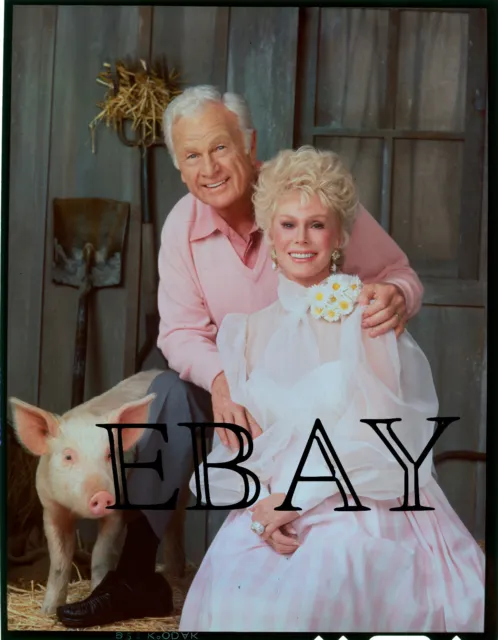
RETURN TO GREEN ACRES 4x5 color transparency 1990 CBS Eddie Albert Eva Gabor
$8.00 0 Bids or Buy It Now 5d 21h -
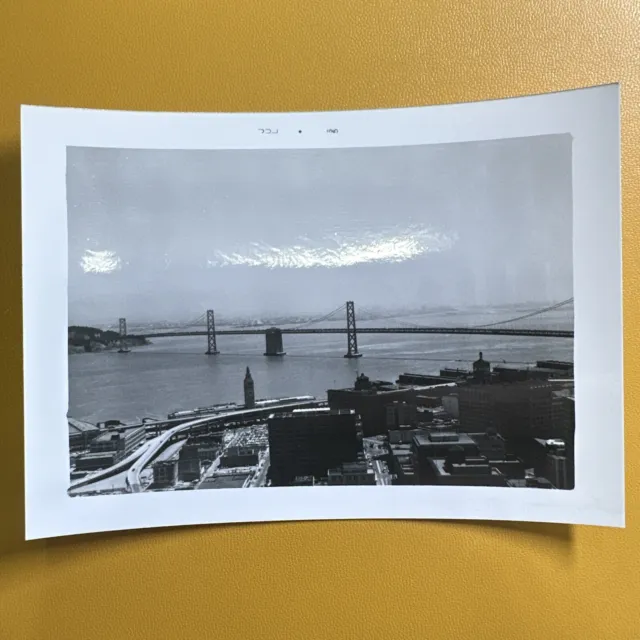
San Francisco CA VINTAGE PHOTO 1965 Downtown Golden Gate ORIGINAL snapshot SF
$11.35 Buy It Now 20d 22h -
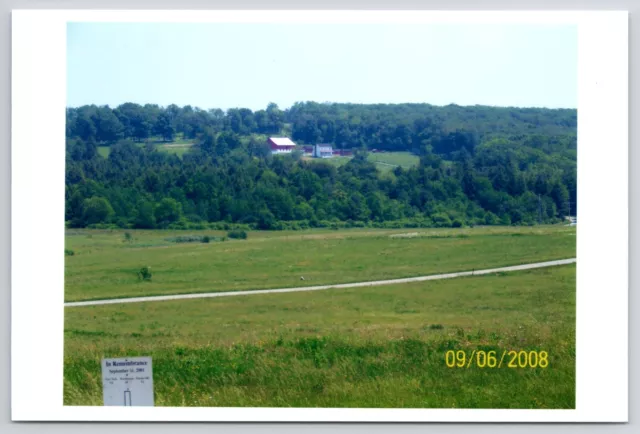
Photograph United Airlines Flight 93 9/11 Crash Memorial Picture View
$8.88 Buy It Now 26d 0h -
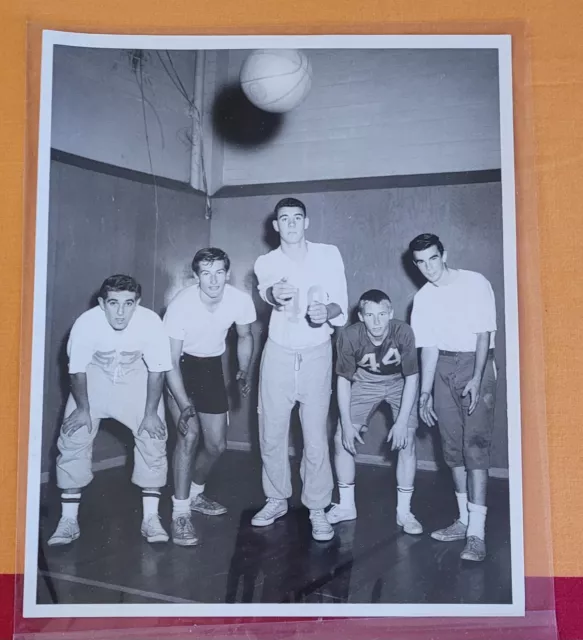
Vintage Ymca San Francisco Examiner Photo Original Fantastic Young Kids Adults
$211.11 Buy It Now 8d 23h -

Vintage Ymca San Francisco Examiner Photo Original Fantastic Young Kids Adults
$211.11 Buy It Now 5d 0h -
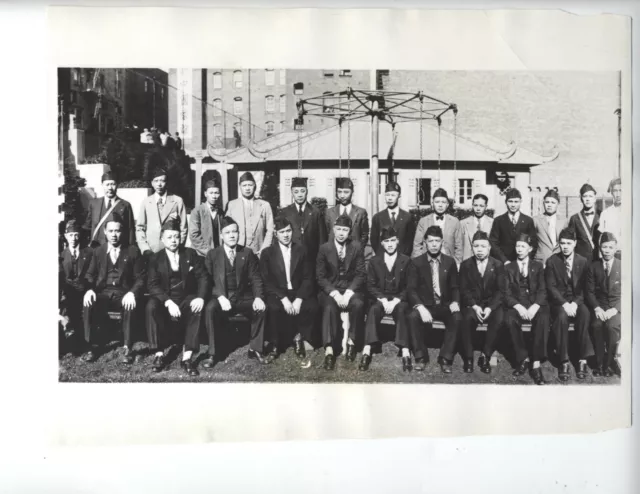
1931 Original Chinese American Legion Cathay Post San Francisco Photo Vintage
$364.49 Buy It Now 28d 21h -
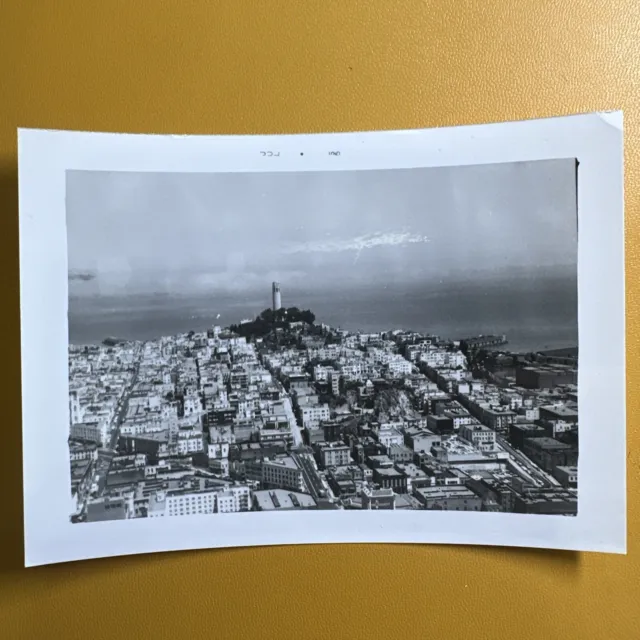
San Francisco CA VINTAGE PHOTO 1965 Downtown Coit Tower View ORIGINAL snapshot
$11.35 Buy It Now 20d 21h -

Vintage African American Handsome Gq Man San Francisco? Ca Artistic Fine Photo
$199.99 Buy It Now 26d 5h -
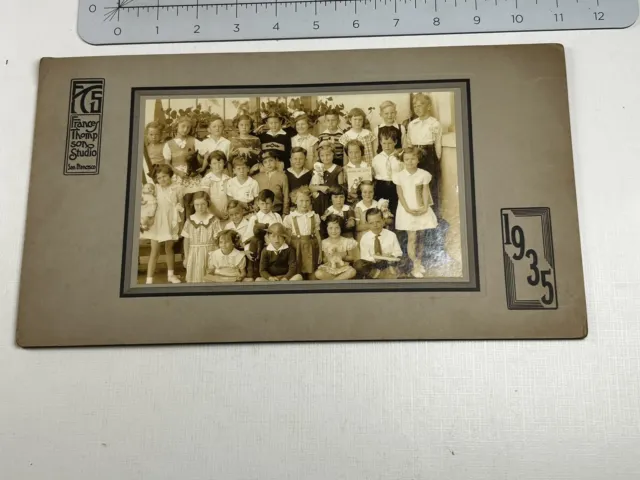
School Class Photo Frances Thompson San Francisco CA Toys Dolls 1935
$35.00 Buy It Now 28d 17h -
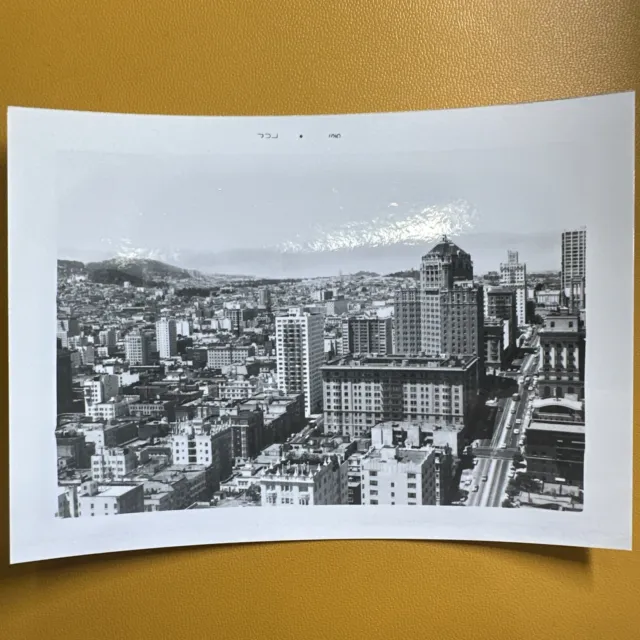
San Francisco CA VINTAGE PHOTO 1965 Mark Hopkins Hotel City ORIGINAL snapshot
$11.35 Buy It Now 20d 21h -
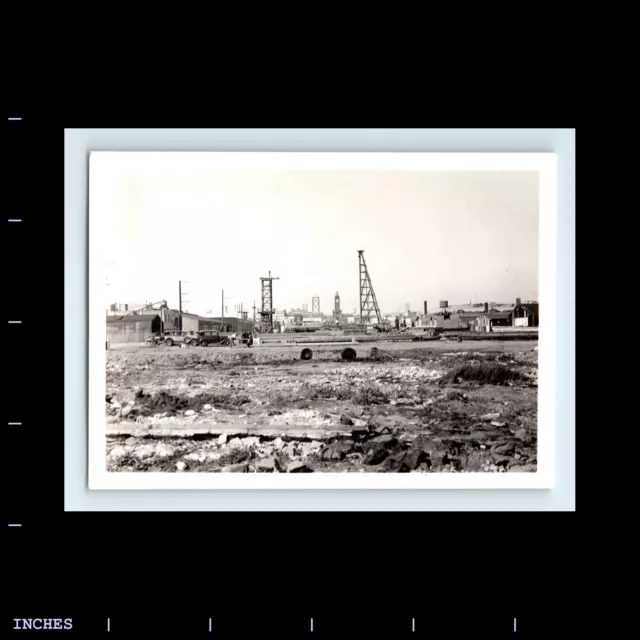
Vintage Photo SAN FRANCISCO BAY AREA BRIDGE CONSTRUCTION 1935
$14.40 Buy It Now 25d 2h -
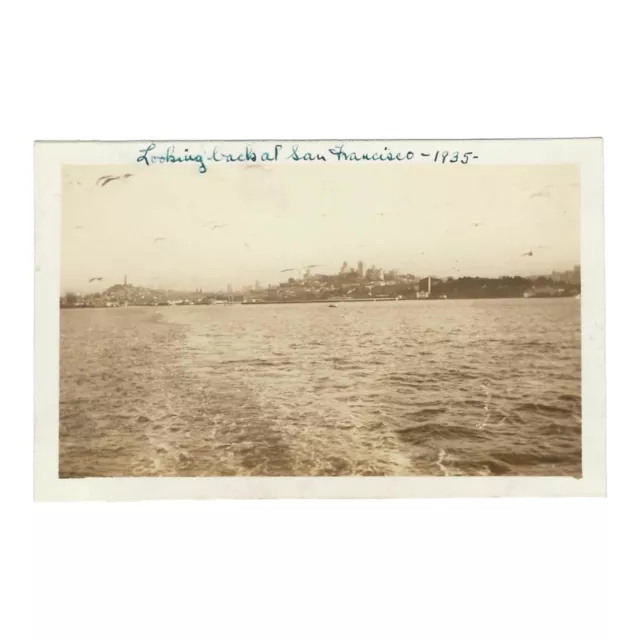
Vintage Snapshot Photo Looking At San Francisco California Across Water 1935
$4.80 Buy It Now 27d 4h -
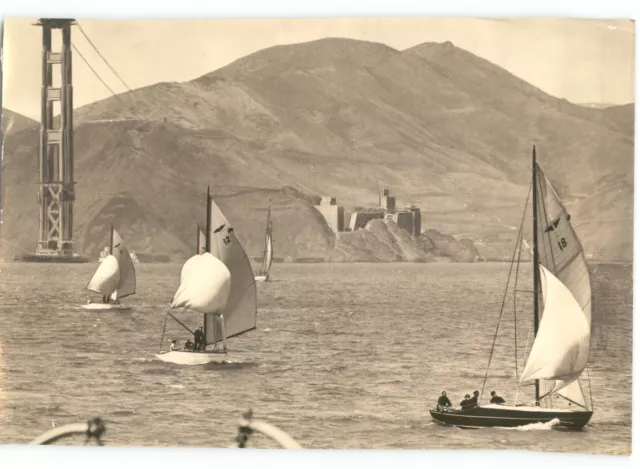
Beautiful SAILING YACHTS of SAN FRANCISCO Races VINTAGE 1935 Press Photo
$35.00 Buy It Now 23d 23h -
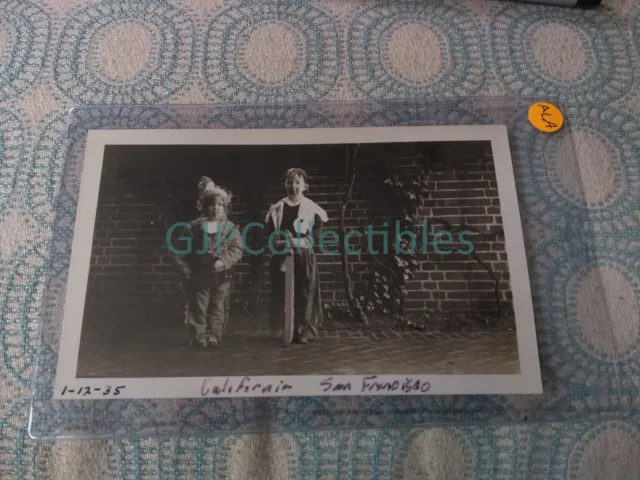
ALA VINTAGE PHOTOGRAPH Spencer Lionel Adams 1-12-1935 CHILDREN SAN FRANCISCO CA
$15.35 Buy It Now 22d 14h -

Rare 1900s Chinese RESTAURANT Interior CHINATOWN San Francisco CA Id'd PHOTO
$124.95 Buy It Now 22d 10h -
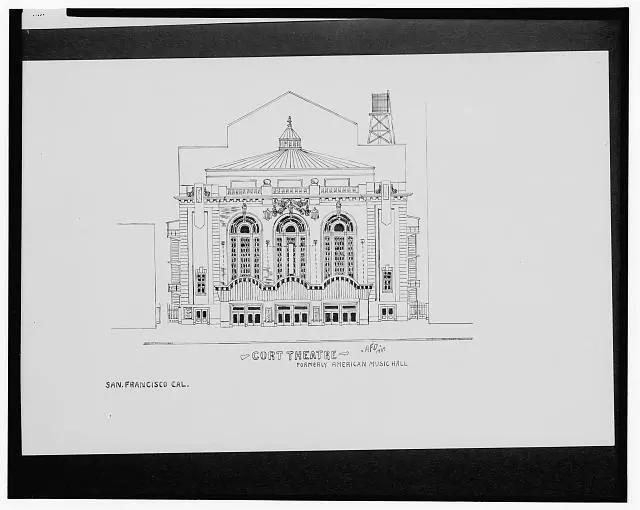
Photo:Cort Theatre,American Music Hall,San Francisco,CA,1935
$9.99 Buy It Now 7d 5h -
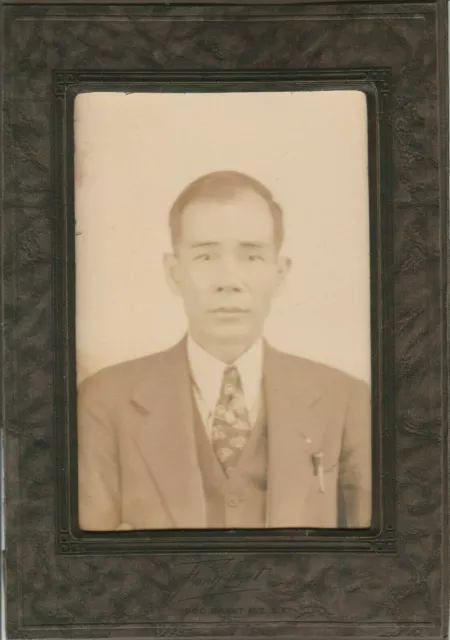
ORIGINAL PHOTO CHINESE AMERICAN RARE BY FONG GET SAN FRANCISCO 960 grant ave
$1,151.30 Buy It Now 28d 21h -
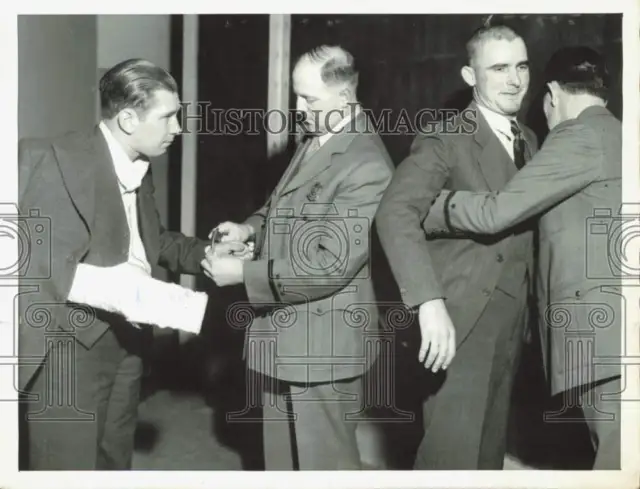
1935 Press Photo Police inspect Clyde Stevens and Albert Kessell, San Francisco
$15.88 Buy It Now 29d 10h -
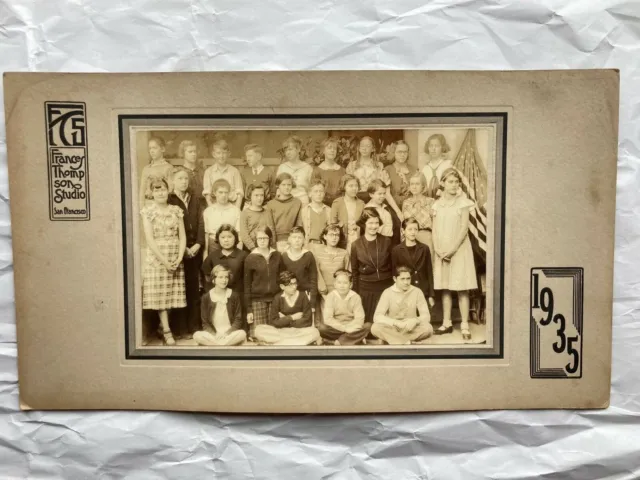
FRANCES THOMPSON STUDIO CLASS PHOTO SAN FRANCISCO 1935 Dudley Stone School?
$12.99 Buy It Now 6d 23h -
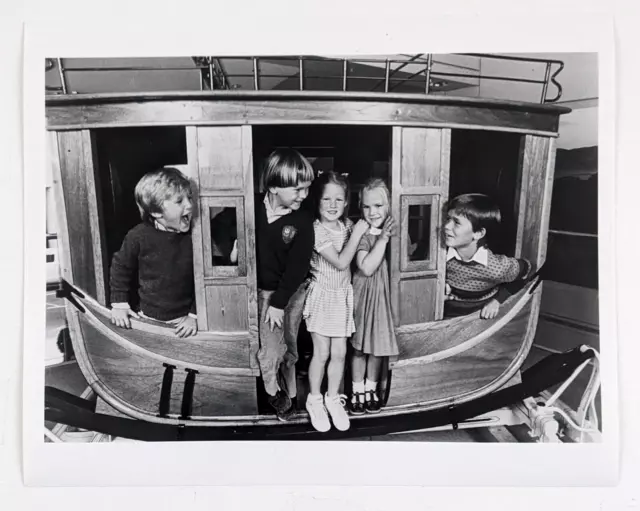
1980s San Francisco CA Wells Fargo Museum Stagecoach Children Vintage Photo
$13.50 Buy It Now 27d 14h -
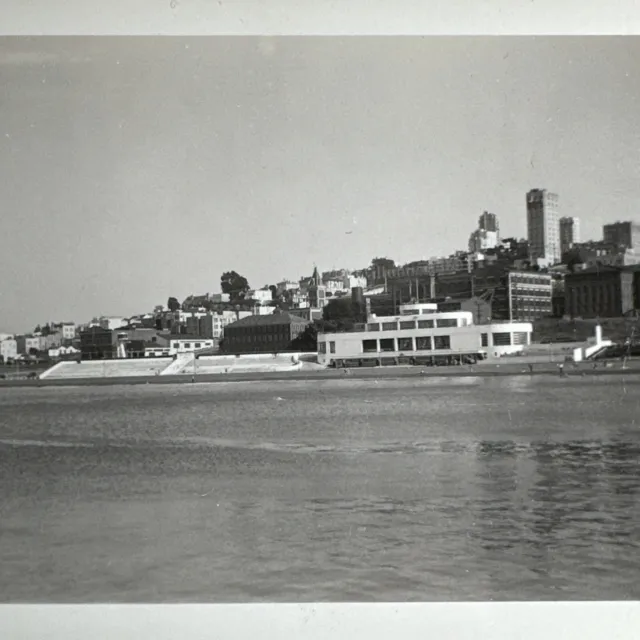
VINTAGE PHOTO Aquatic Park Historic District San Francisco CA original snapshot
$10.80 Buy It Now 10d 4h -

Vintage Ymca San Francisco Examiner Photo Original Fantastic Young Kids Adults
$211.11 Buy It Now 8d 23h -

Vintage Ymca San Francisco Examiner Photo Original Fantastic Young Kids Adults
$211.11 Buy It Now 8d 23h -

Vintage Ymca San Francisco Examiner Photo Original Fantastic Young Kids Adults
$211.11 Buy It Now 8d 23h -

Vintage Ymca San Francisco Examiner Photo Original Fantastic Young Kids Adults
$211.11 Buy It Now 8d 23h -

Vintage Ymca San Francisco Examiner Photo Original Fantastic Young Kids Adults
$211.11 Buy It Now 8d 23h -

Vintage Ymca San Francisco Examiner Photo Original Fantastic Young Kids Adults
$211.11 Buy It Now 8d 23h -

Vintage Ymca San Francisco Examiner Photo Original Fantastic Young Kids Adults
$211.11 Buy It Now 8d 23h -

Vintage Ymca San Francisco Examiner Photo Original Fantastic Young Kids Adults
$211.11 Buy It Now 8d 23h -

Vintage Ymca San Francisco Examiner Photo Original Fantastic Young Kids Adults
$211.11 Buy It Now 8d 23h -
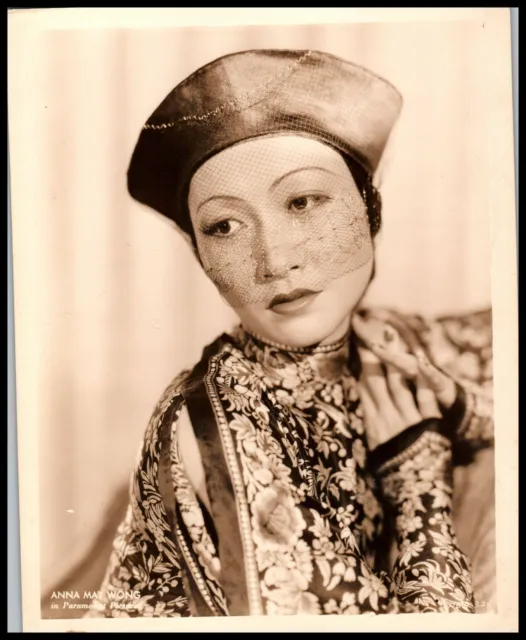 3 watchers
3 watchersPioneering Chinese-American Movie Star Anna May Wong 1930s PARAMOUNT PHOTO 492
$407.99 Buy It Now or Best Offer -
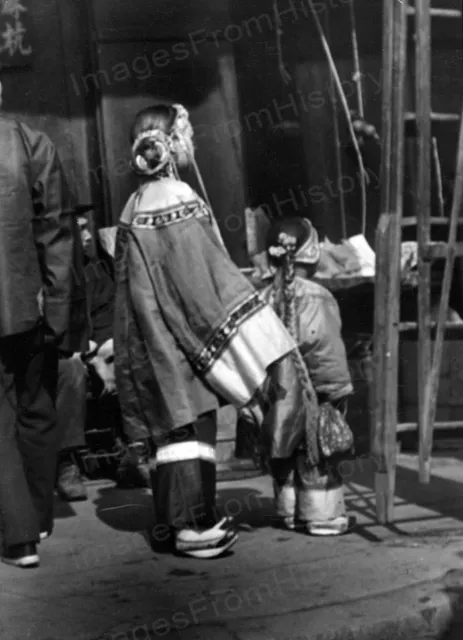
8x10 Print Chinese American Woman Children Chinatown San Francisco 1905 #CAW
$14.99 Buy It Now -
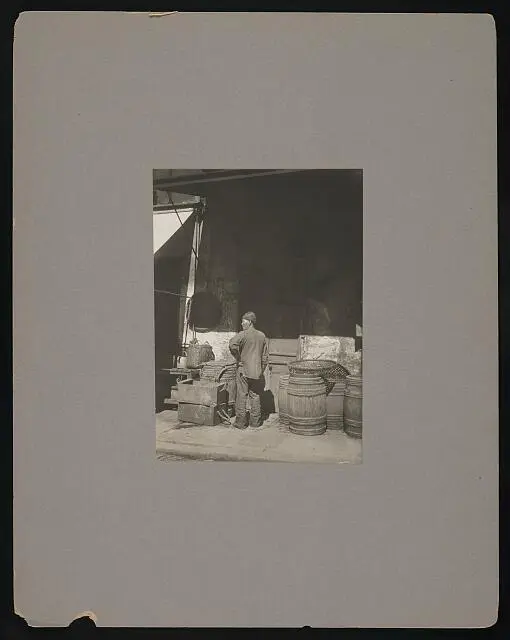
Photo:The fish monger, San Francisco, California
$9.99 Buy It Now -
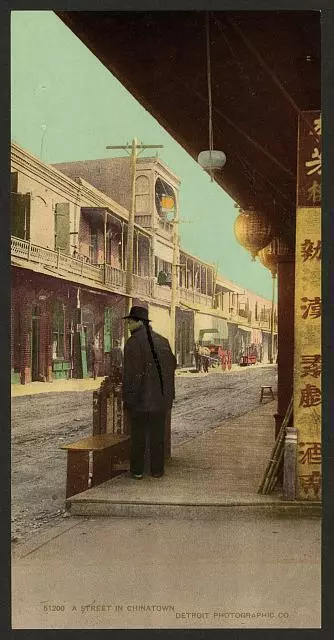
Photo:Street,Chinatown,Chinese American,Los Angeles,CA,c1898
$9.99 Buy It Now -
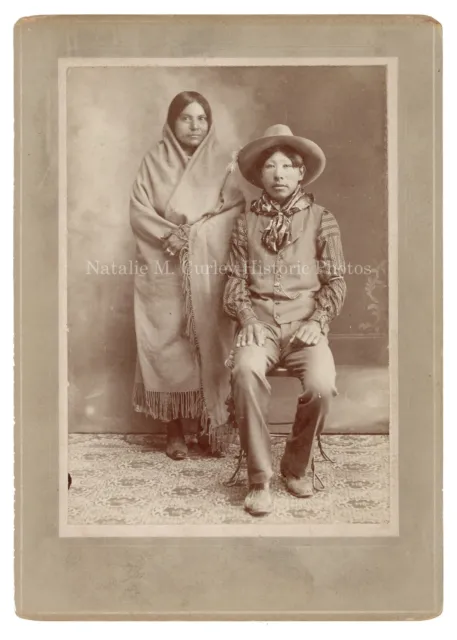 2 watchers
2 watchers1890s Native & Chinese American Integrated Western Front Couple Studio Photo
$2,000.00 Buy It Now -
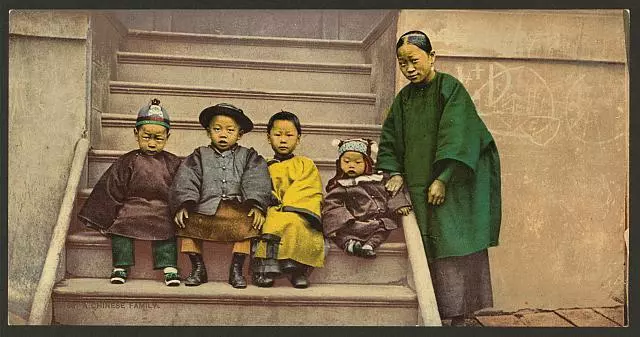
Photo:Chinese family,American,immigrants,California,CA,c1898
$9.99 Buy It Now -
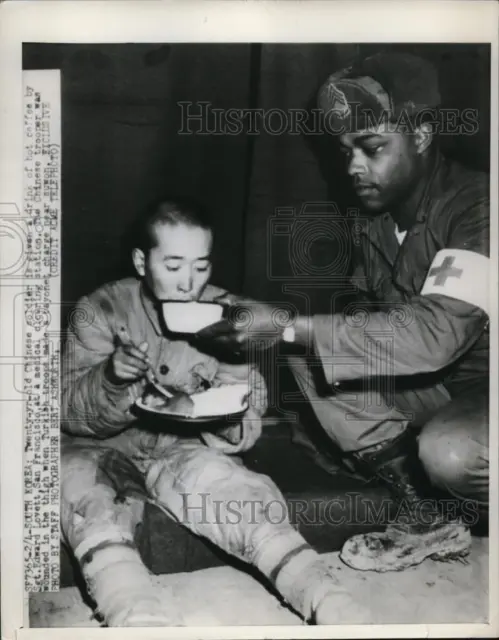
1951 Press Photo American Medical Soldier helps a wounded Chinese Trooper
$16.99 Buy It Now or Best Offer -
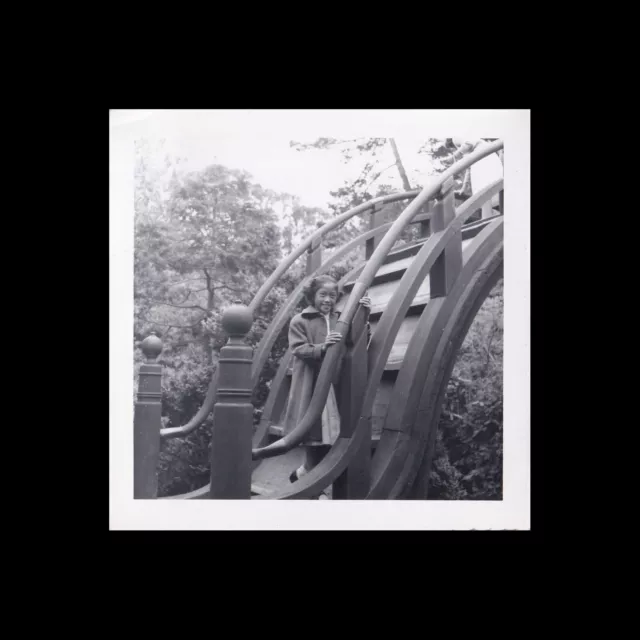
Old Square Vintage Photo ASIAN AMERICAN GIRL HOLDING CHINESE GARDEN BRIDGE
$9.00 Buy It Now or Best Offer -
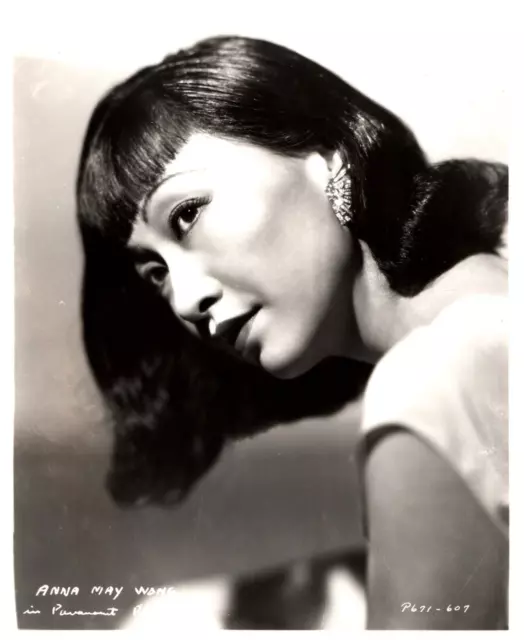 2 watchers
2 watchersPioneering Chinese-American Star Anna May Wong STYLISH POSE 1950s ORIG PHOTO 2
$69.99 Buy It Now or Best Offer -

San Francisco 5 Photos Chinatown Original Chinese American Children Vintage 1915
$906.41 Buy It Now -
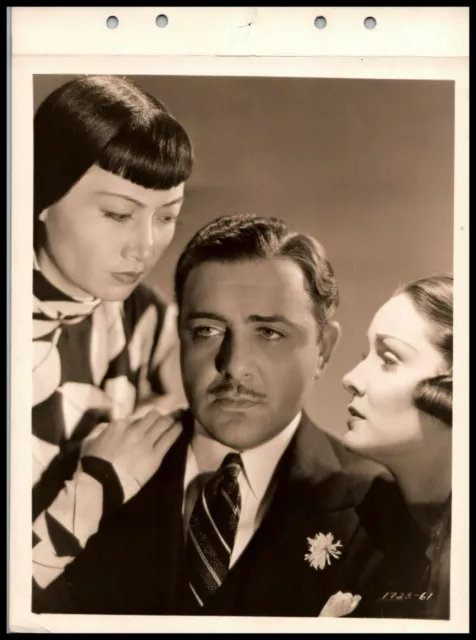 2 watchers
2 watchersPioneering Chinese-American Movie Star Anna May Wong Gail Patrick 1938 PHOTO 464
$339.99 Buy It Now or Best Offer -
 6 watchers
6 watchersPioneering Chinese-American Star Anna May Wong STYLISH POSE GOWN ORIG PHOTO 487
$339.99 Buy It Now or Best Offer -
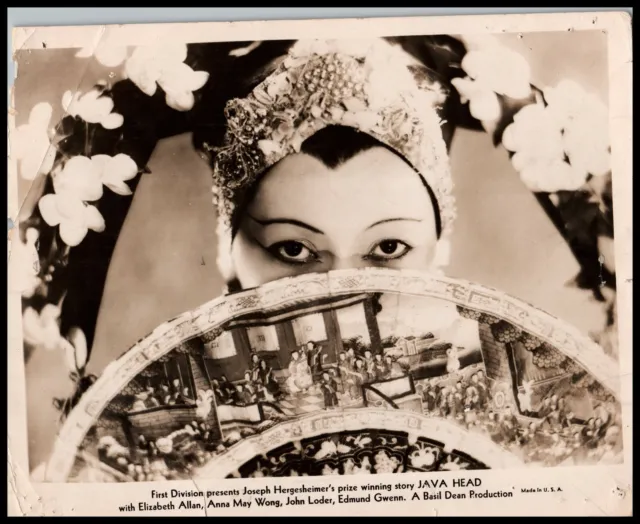 2 watchers
2 watchersPioneering Chinese-American Star Anna May Wong Java Head (1934) ICONIC PHOTO 487
$339.99 Buy It Now or Best Offer -
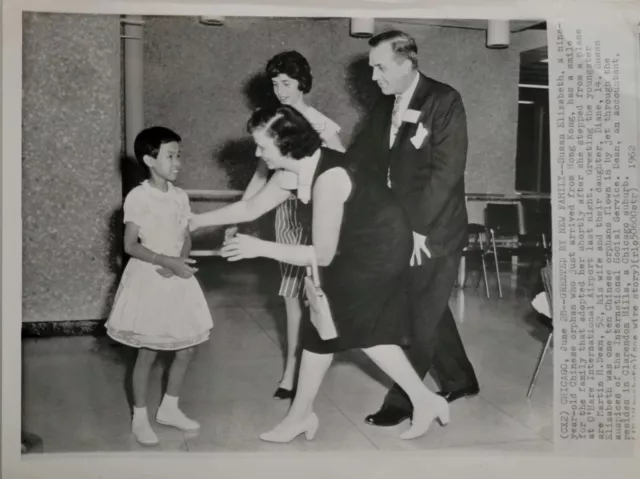 2 watchers
2 watchers1962 Chinese Refugee Orphan American Adoption Press Photo
$11.98$8.98 Buy It Now or Best Offer -
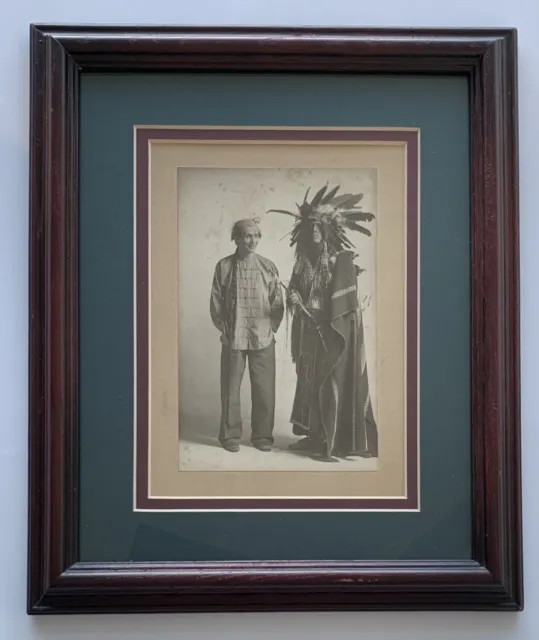 2 watchers
2 watchersRARE 1906 MOUNTED ORIGINAL PHOTO WHITE MALES In Chinese Indian Dress RENTSCHLER
$119.99 Buy It Now or Best Offer -

1939 Original Asian American Photo Chinese Chicago Vintage
$378.03 Buy It Now -
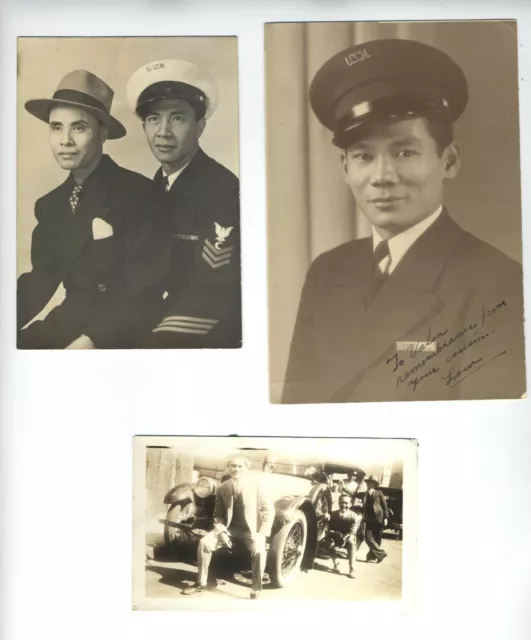
Chinese American Photos Very Rare Asian Vacation San Ramon Wwii Original
$303.64 Buy It Now -
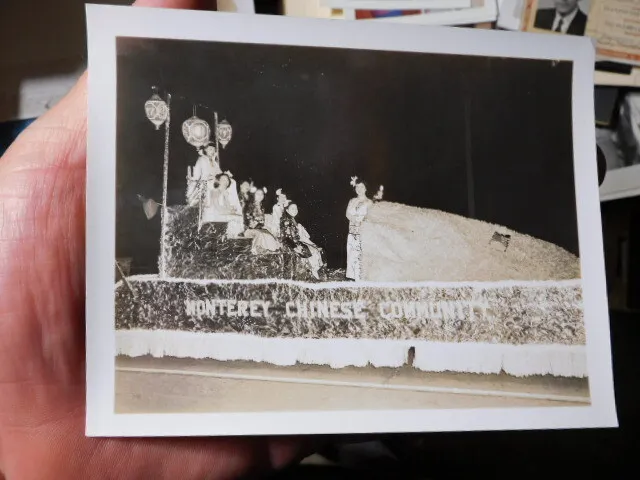
Vint Snapshot Photo, Chinese American Parade Float, Monterey, California
$12.50 Buy It Now -
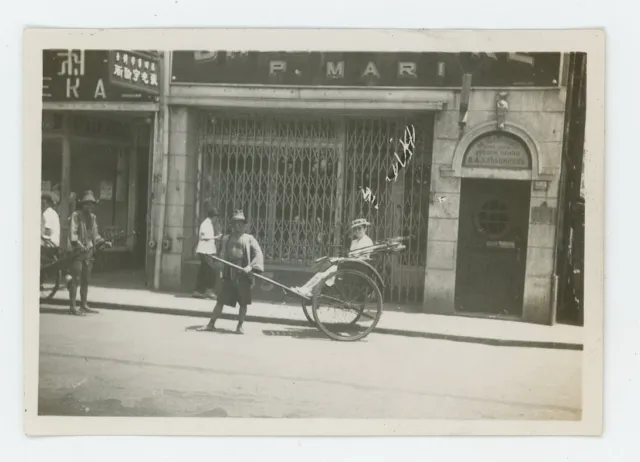 1 watcher
1 watcherVintage Photo Travel American Lady In Chinese Rickshaw China Street Scene 1930s
$10.99 Buy It Now -
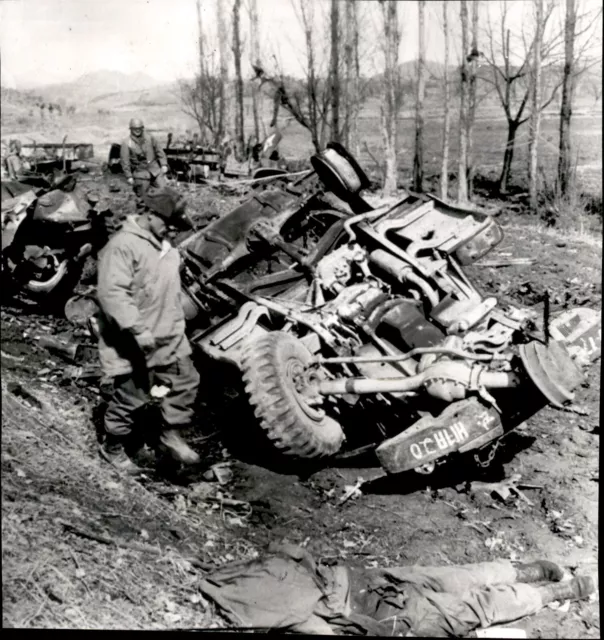
LG60 1951 Wire Photo AMERICAN SOLDIERS FATALLY AMBUSHED KOREAN WAR CHINESE REDS
$20.00 Buy It Now -
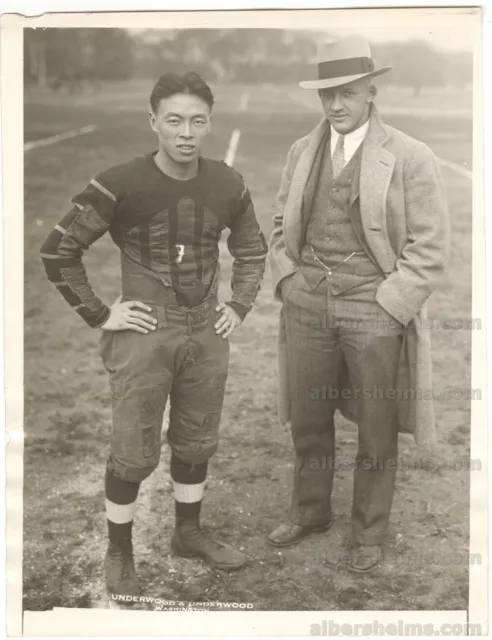
Lem Jew Chinese College Football Star 1928 Original TYPE 1 photo PSA/DNA LOA
$199.00 Buy It Now -
 3 watchers
3 watchersPioneering Chinese-American Star Anna May Wong STYLISH POSE 1950s ORIG PHOTO 2
$69.99 Buy It Now or Best Offer